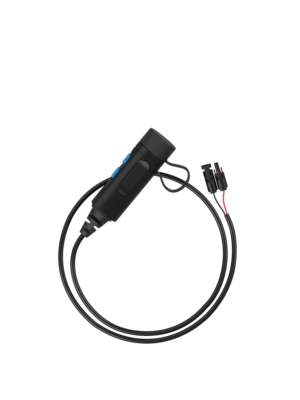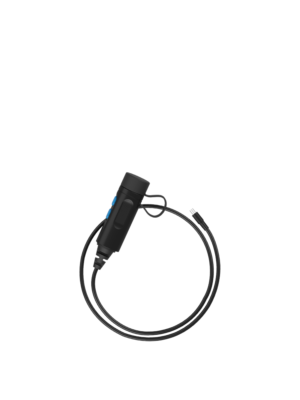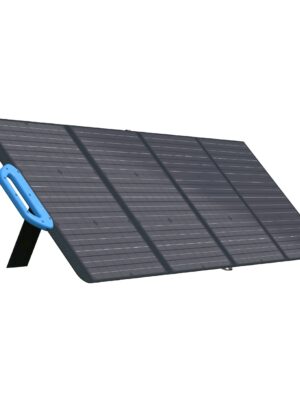Top 10 Survival Knots You Need to Know
Survival knots are a critical skill for anyone spending time outdoors or in emergency situations. They can be used to secure shelters, tie down gear, and create tools and traps. A well-tied knot can mean the difference between a secure shelter and a disastrous collapse. There are countless knots, but we’ve got them down to the 10 most critical knots for you to learn right away.
Knowing how to tie a variety of knots will let you be more adaptable in different survival situations. I’m a visual learner, but I also pick things up quickly when I practice with rope in my hands- so grab some paracord or cordage and follow along below.
Contents (Jump to a section)
Why Survival Knots Are Important
Knots are the type of thing that you can learn once and then have a great skill to rely on the rest of your life with very little practice. You can find a knot to do pretty much anything with the right cordage, letting you address all sorts of problems.
Whether you are lashing gear down, making survival shelters, or even climbing – knots are the versatile and reliable way to get it done. You’ll need knots for fishing, weaving, sewing, suturing, and plenty of other survival skills as well.
Not all knots are created equal though. You may want a hitch or loop for your application. Once you get a few knots under your belt you can build on that knowledge for even more possibilities.
But, don’t wait until an emergency or survival situation to learn them. As with everything prepping: the time to prepare is now.
Trucker’s Hitch
The trucker’s hitch lets you apply a significant amount of tension to a line with easy adjustments.
It uses a blend of loops and half-hitches to provide a mechanical advantage against a heavy load.
This makes it ideal for:
- tying loads down tightly
- shelter lines
- clotheslines
- hoisting supplies up a tree
It is a relatively difficult knot to tie if you haven’t practiced it, but it is easy to disassemble and very strong.
In my opinion, the Trucker’s Hitch is within the top 3 survival knots you should learn.
Double Fisherman’s Knot
The double fisherman’s knot lets strongly and securely join two rope ends together.
This lets you lengthen rope, repair rope, or tie fishing line (of course).
This makes it ideal for:
- extending fishing line
- repairing fishing nets
- create a long rope from shorter ropes
It is an easy knot to learn, and can really help you out when you need longer cordage.
Its versatility makes it a crucial survival knot to have in your repertoire.

Alpine Butterfly Loop
The alpine butterfly loop lets you make a fixed loop in the middle of any rope.
This lets you anchor your rope mid-line and opens up plenty of climbing and shelter applications.
This makes it ideal for:
- anchoring shelter lines
- rescue harness loops
- gear attachment points
It is an easy knot to learn, and you can tie it really fast once you learn it.
It’s one of the survival knots you’ll use often.
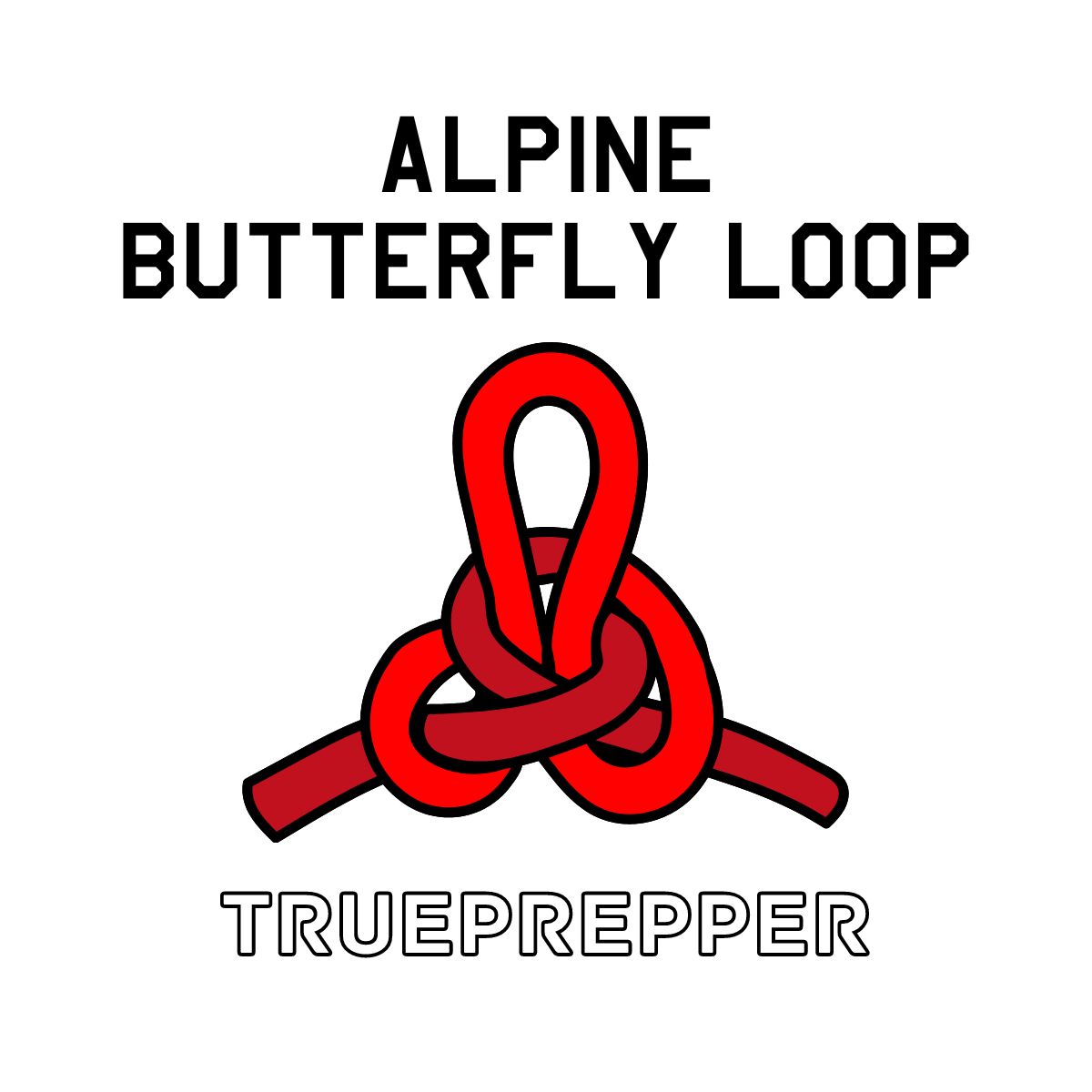
Lashing Knot
The lashing knot lets you attach several poles, sticks, or other objects in a row.
This lets you create a tripod on the fly or securely join large branches for other applications.
This makes it ideal for:
- creating a tripod shelter
- making a field stretcher
- constructing log rafts
It is an easy knot to learn, but it can take a while to tie depending on how large you make it.
It’s a very survival-specific knot that you can practice with bushcraft skills.
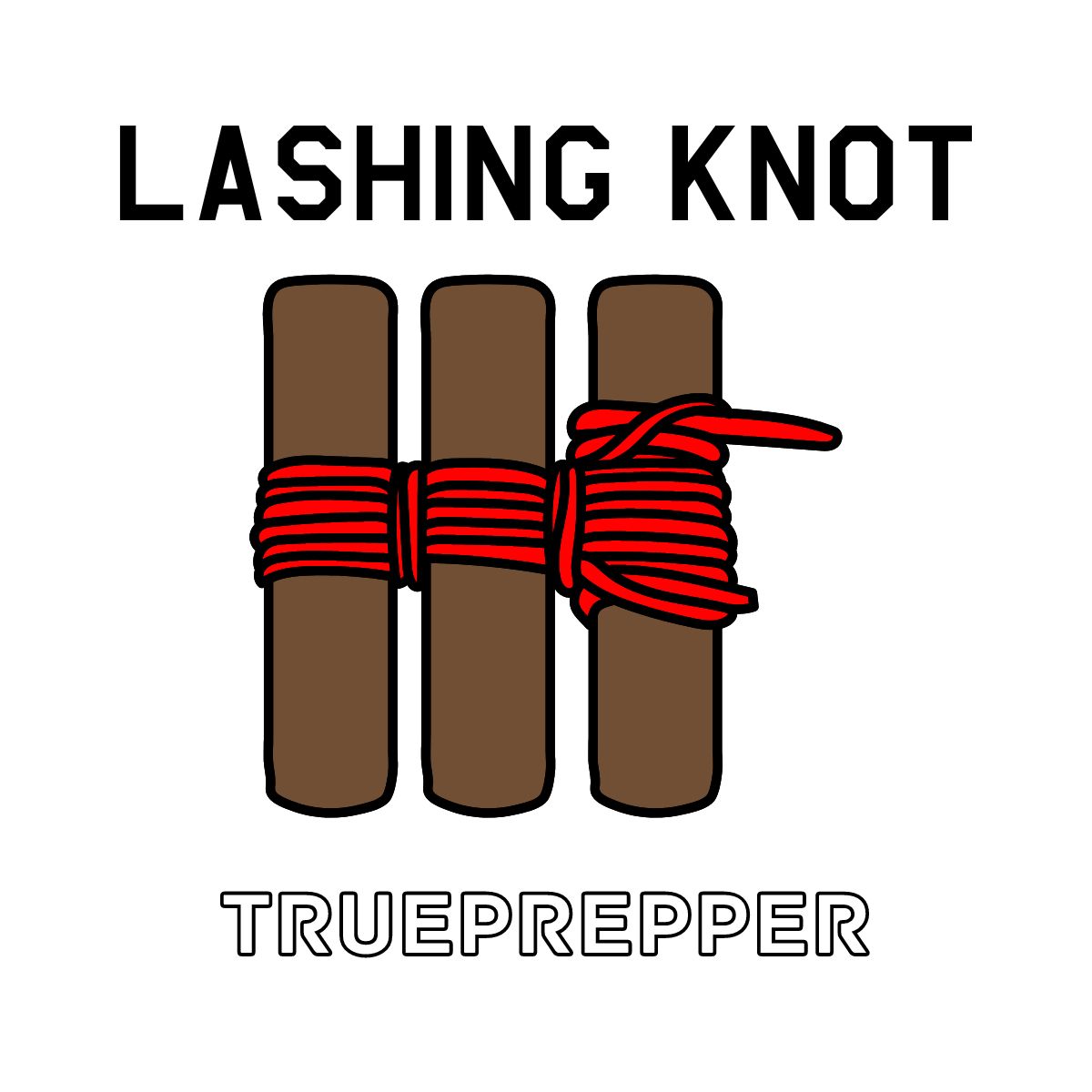
Figure Eight Knot
The figure eight knot is a versatile knot that is a secure non-slip loop.
This lets you create anchors or stoppers for other slip knots.
This makes it ideal for:
- pairing with other knots
- attaching gear/carabiners
- making a rescue harness
It is an easy knot to learn, and you may already be familiar with it.
It’s a common knot that is just as important for survival applications as it is for everyday use.
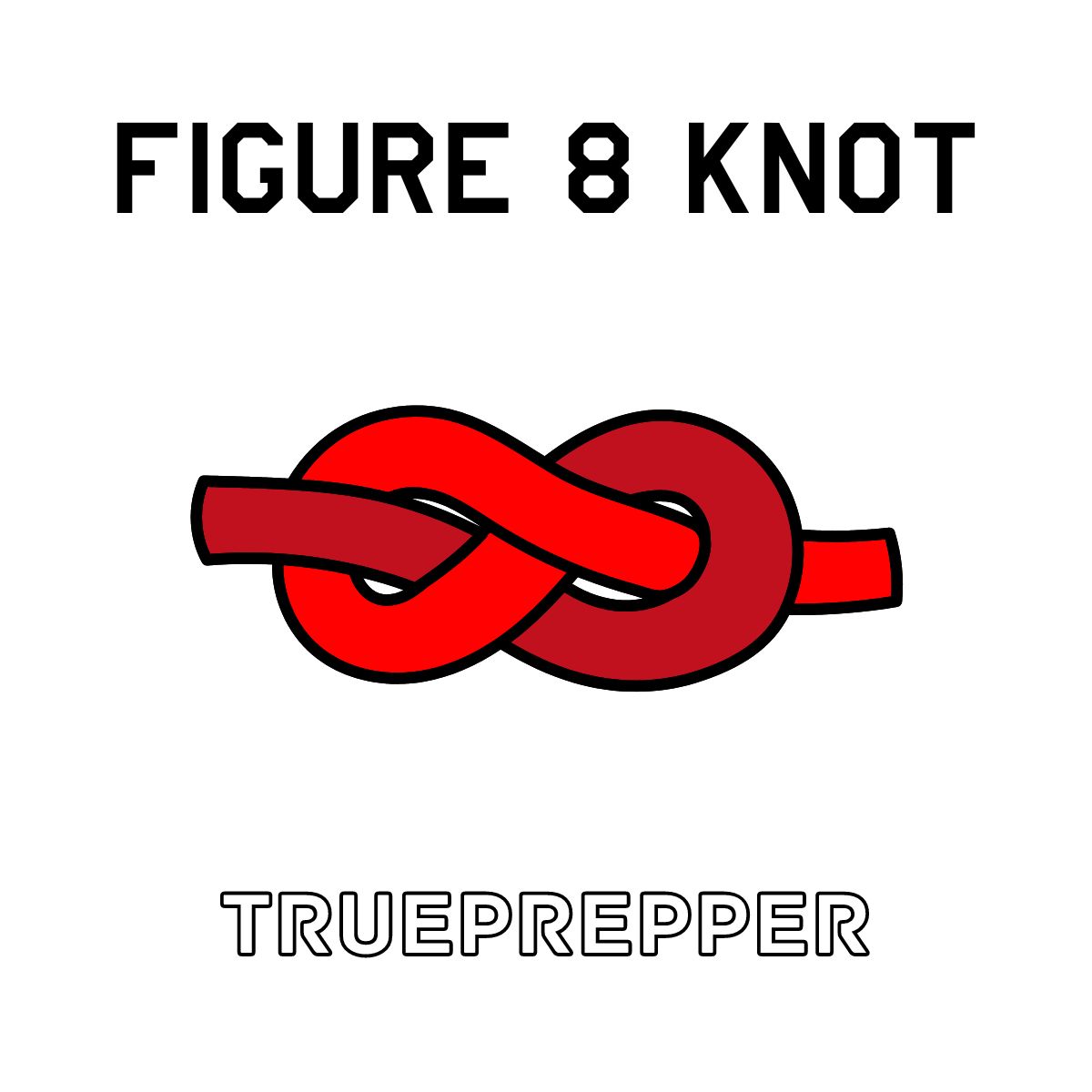
Rolling Hitch
The rolling hitch is a useful way to attach a rope to a pole or other rope and secure it in place.
This lets you attach ropes to anchor points for climbing, or attach ropes to anything cylindrical.
This makes it ideal for:
It is a simple knot although it is not one of the more common knots outside of the climbing community.
Learning this knot will add to your survival skillset and give you options when making shelters, carrying gear, or climbing.
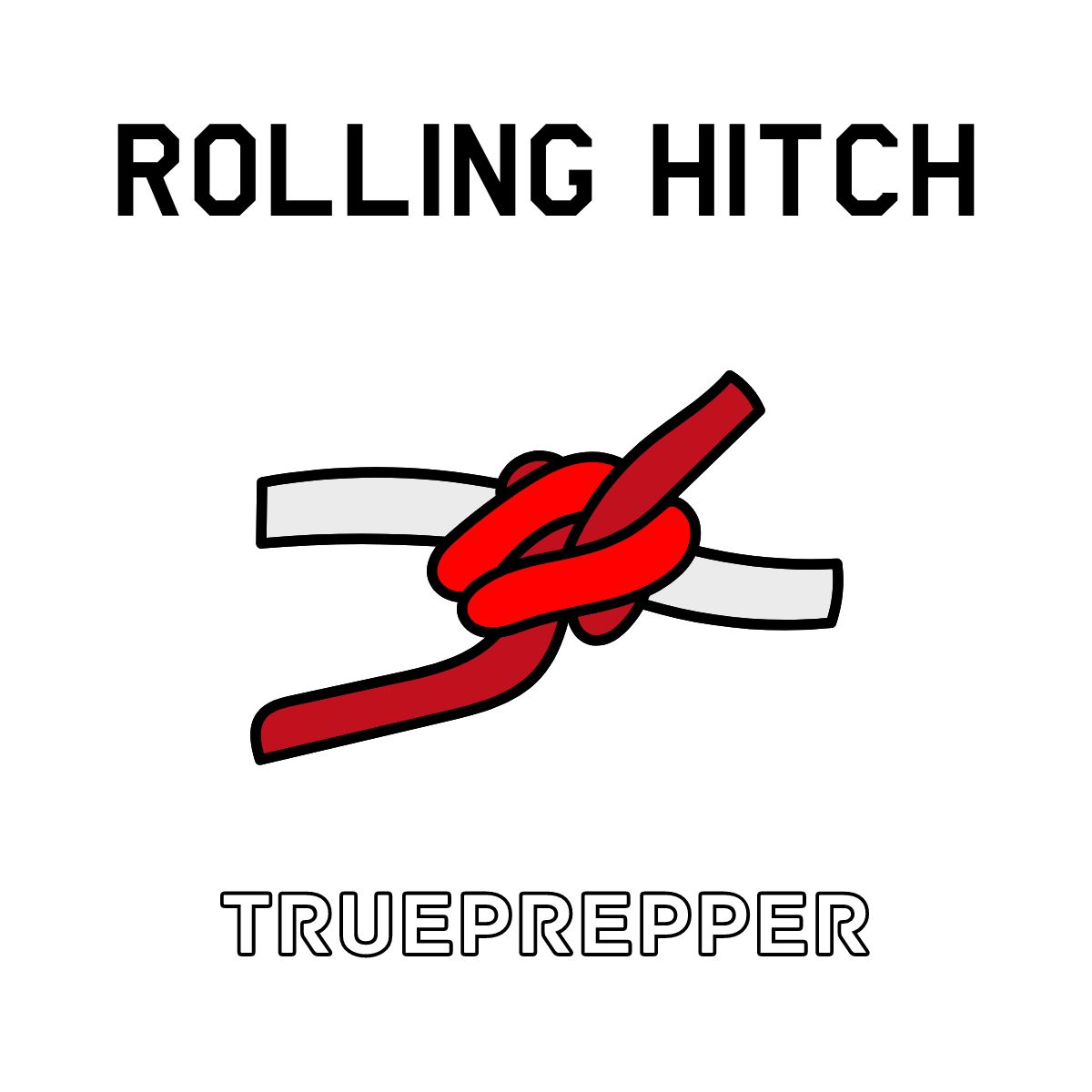
Zeppelin Bend
The zeppelin bend is another knot that helps you join two rope ends together strongly and securely.
Rescue climbers use it when strength and reliability are essential.
This makes it ideal for:
- lengthening rope
- making a rescue harness
It is an easy knot to learn, and it can come in handy for a wide range of survival situations.
If you need a reliable connection between two ropes, you’ll want to start practicing the zeppelin bend right now.
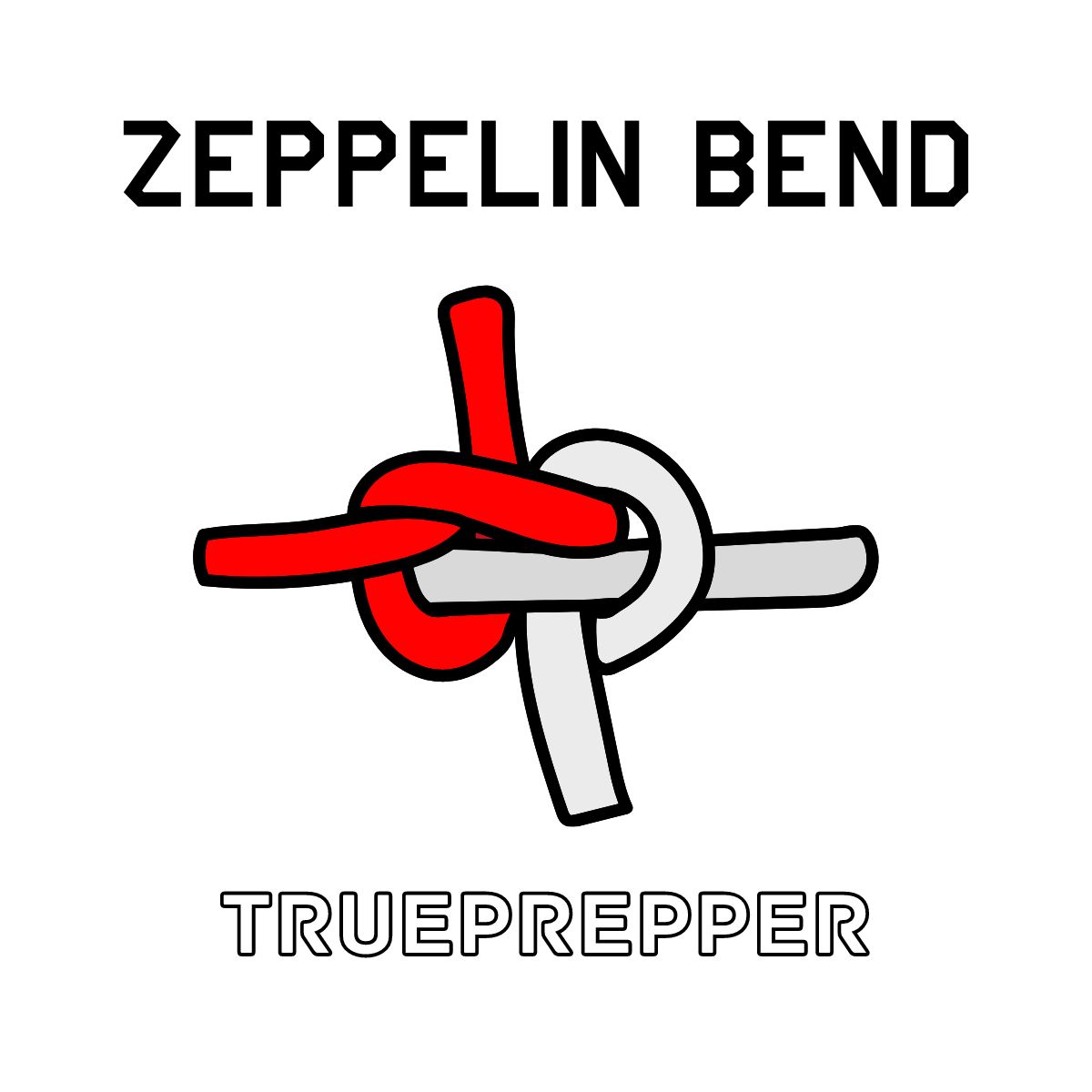
Clove Hitch
The clove hitch is another knot that helps you attach a rope to a pole.
This lets you tighten a rope to anything cylindrical and keep going.
This makes it ideal for:
- shelter line
- running tripwire
- animal tie down (leash)
It is an easy knot to learn and is a common one for survival shelters.
You may already know the clove hitch, but it doesn’t hurt to practice and learn its applications.

Bowline Knot
The bowline knot is one of our favorite non-slip knots for the end of a rope.
This lets you put an attachment point on the end of a rope that is still easy to pop loose if you need to.
This makes it ideal for:
- pulley loops
- securing to poles
- gear attachment loops
It’s not a complicated knot, but it’s quick to tie and even quicker to disassemble.
The bowline is certainly in our top 3 survival knots and is something I often find myself using at the end of paracord.
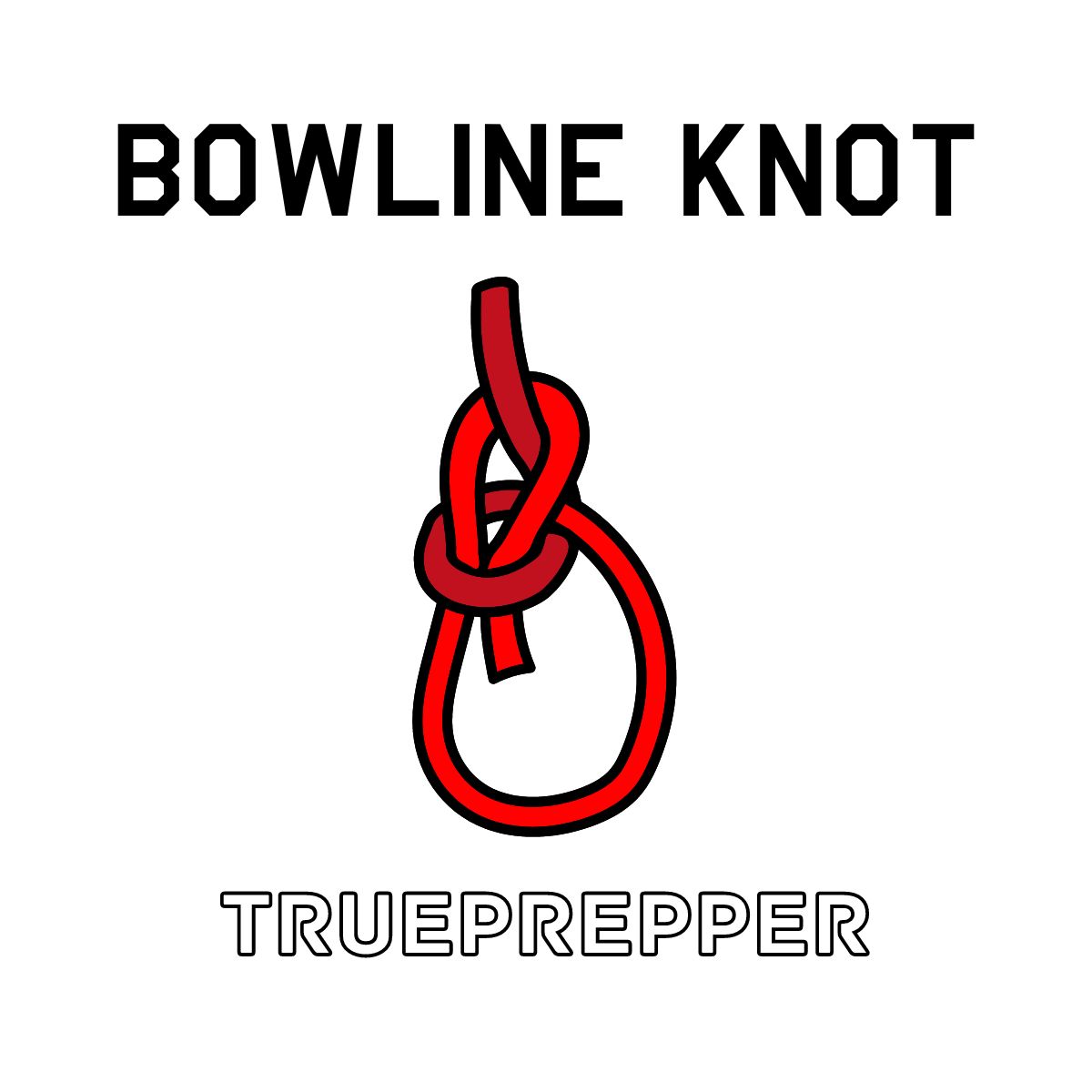
Square Knot
The square knot is another knot that lets you join two ropes together, and it holds well under tension.
It is the most common knot on our list, easy to learn, with wide applications.
This makes it ideal for:
- splicing rope
- tying loops
- attaching gear
Simple and effective, you probably expected the square knot on this list. It’s a very easy knot that most people are already familiar with and you can get a lot done with just a square knot.
Of course, the square knot is in our top 3 survival knots and is probably one you already know- so why not learn the rest?
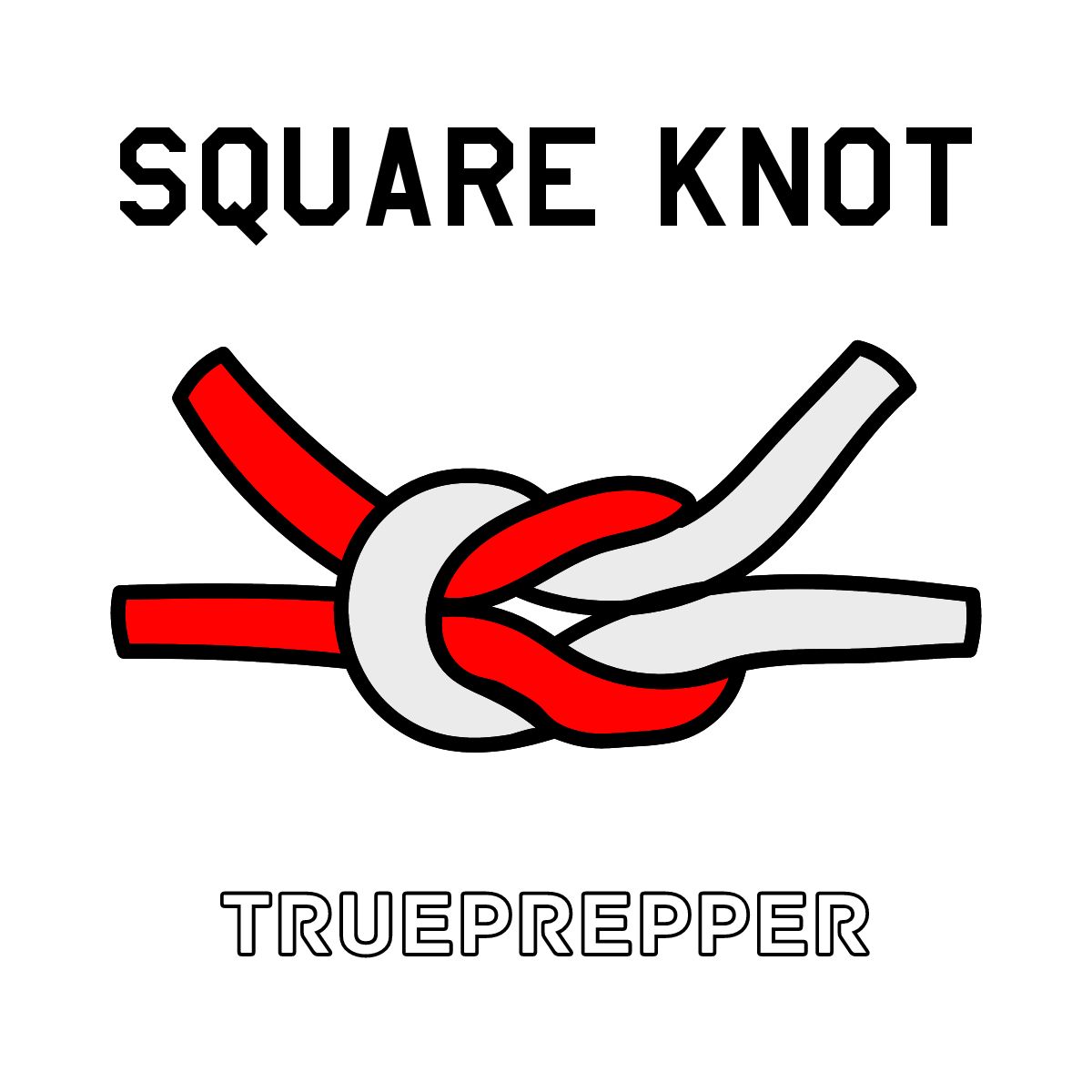
Survival Knot Resources
I’m not a knot expert, but there are people that have dedicated their lives to knots. Topology is the study of knots (mathematically, not practically), so some people take knots pretty seriously. If you want to go beyond the survival knots we have suggested there are several resources to help you learn even more.
One of my favorite resources is the timeless Ashley Book of Knots – the definitive book of knots. Commonly referred to as “ABOK”, it has over 3,900 knots first published in 1944.
Besides ABOK, I recommend checking out:
If you know of any great knot resources that we missed, drop the link in the comments below so we can all be better off for it.
The Final Word
Well, now that you have some knots under your belt- why not check out some other useful survival hobbies that are quick to learn? Learn something new every day since survival skills always trump prepping supplies.
Here are some other guides our subscribers have found helpful:
Keep exploring, stay prepared, and be safe.
You’ve Been Missing Out
Join the 2+ million preppers that rely on our prepping advice by subscribing to TruePrepper.
- Practical guides and tips
- Useful survival giveaways
- Free, forever
- < 0.4% of people unsubscribe
Thanks for subscribing, reading, and welcome to the club.
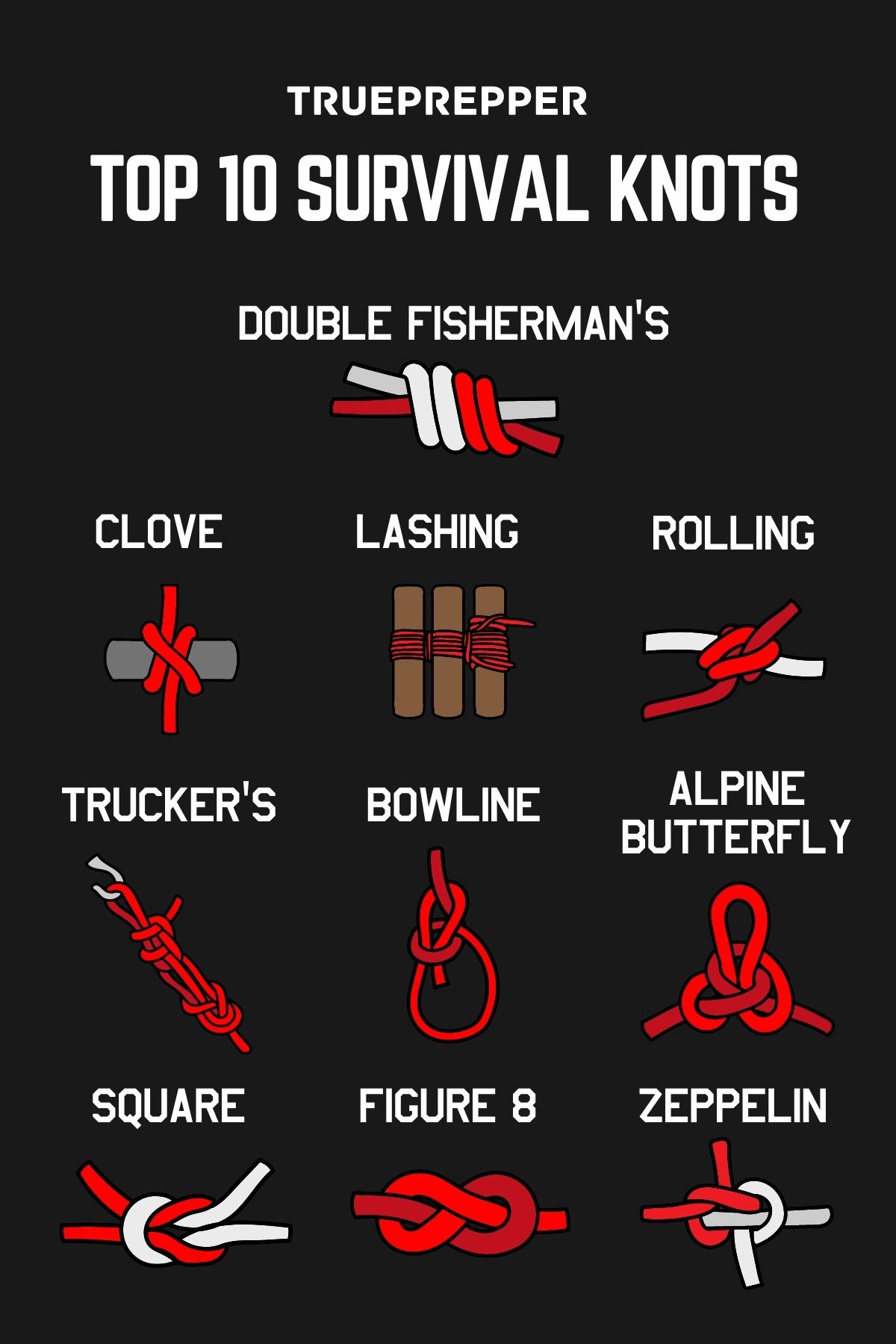
Please Support Our Sponsors
Solar Power Generator Discounts Along With Free Shipping
- 10% OFF for Jackery Solar Generator 2000 Pro Series with code "JADEAL"
- 10% OFF for Jackery SolarSaga 200W Solar Panel with code "JADEAL"
- 10% OFF for Jackery Solar Generator 1500 Series with code "JADEAL"
- 10% OFF for Jackery Solar Generator 1000 Series with code "JADEAL"
- 10% OFF for Jackery Explorer 1500 Portable Power Station with code "JADEAL"
- 10% OFF for Jackery Explorer 1000 Pro Portable Power Station with code "JADEAL"
- 10% OFF for Jackery Explorer 500 Pro Portable Power Station with code "JADEAL"
- 10% OFF for Jackery Explorer 300 Pro Portable Power Station with code "JADEAL"
- 10% OFF for Jackery SolarSaga 100W Solar Panel with code "JADEAL"

The University of Georgia is represented by the Georgia Bulldogs . The Bulldogs participate in the Southeastern Conference's (SEC) Eastern Division of the NCAA.
They play their home games in the storied Sanford Stadium in Athens, Georgia. The first season in Georgia was in 1892. In 1942, 1980, and 2021, the Georgia Bulldogs won three national championships.
The Georgia Bulldogs have additionally been crowned the National Champion in four additional seasons by at least one polling organization (1920, 1927, 1946 and 1968).
The Georgia Bulldogs are tied for second place in conference history with their 15 conference titles, including 13 SEC titles, and their 59 bowl appearances, which ranks second all-time.
In addition, the program has produced five top picks in the National Football League (NFL) draft, two Heisman Trophy winners, numerous winners of various national honors, and many others.

Longhorns football represents the University of Texas in Austin often known as Texas, UT or the Texas Longhorns. The Longhorns represent the Big 12 Conference in the NCAA Division. They play in Austin, Texas, at the Darrell K. Royal-Texas Memorial Stadium.
The Texas Longhorns are ranked third and seventh, respectively, in terms of all-time wins and win-loss records, with over 900 victories and an overall win-loss percentage of.705.
The legendary program also boasts four national titles, 32 conference titles, 100 First Team All-Americans, and two Heisman Trophy winners.
Get your Texas Longhorns Revival T-Shirt today. The Texas Longhorns Rustic Revival shirt is also a fan favorite.
Many college sports fans like to wear their gear all around town, get your Texas Longhorns Centered gear and show your support.


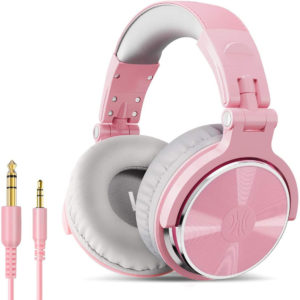

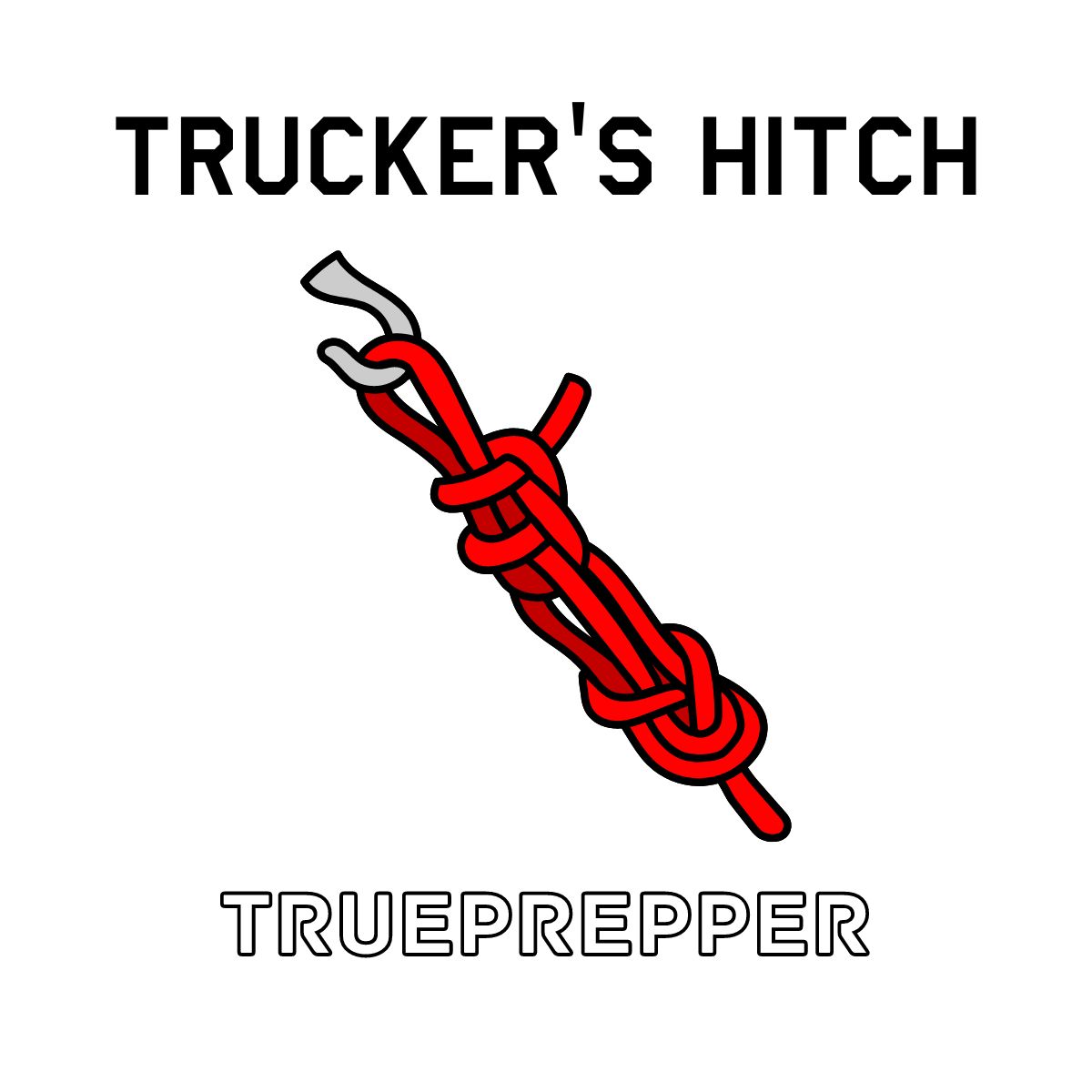
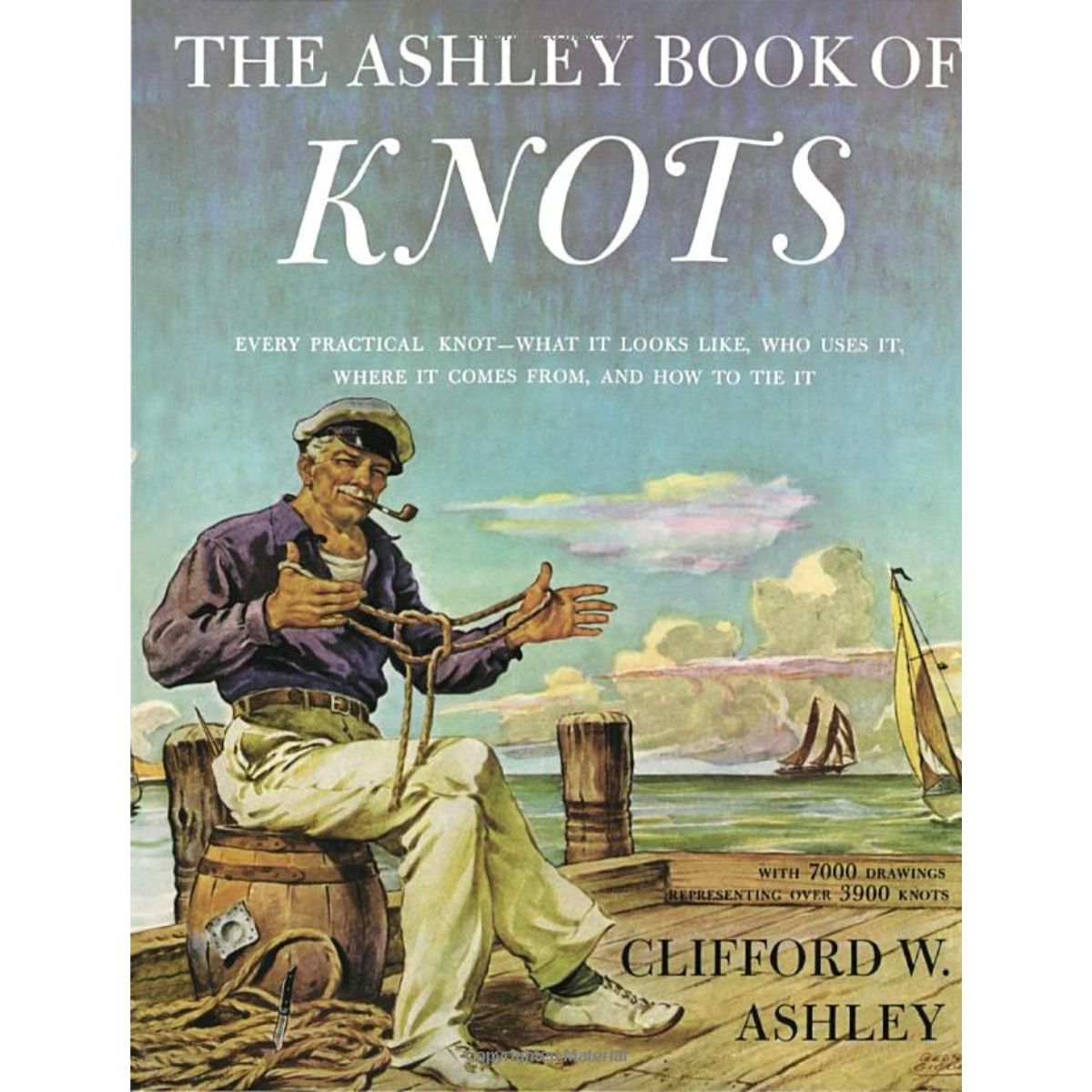
 Gettr
Gettr







